Space Soldiers," the men and women assigned to the U.S. Army Space and Missile Defense Command/U.S. Army Forces Strategic Command, perform myriad, oftentimes little-known, missions using space as their springboards to support U.S. military commanders and civilian organizations both at home and abroad.
Most publicized in the commercial media are the many contributions made by NASA astronauts, among them seven Army officers who are assigned to SMDC/ARSTRAT and attached to the Astronaut Detachment at the Johnson Space Center in Houston.
There, the active-duty and retired Soldiers prepare for space flights aboard one of NASA's shuttles or the Russian Soyuz rocket for missions to the International Space Station and beyond.
Next month, 41-year-old Lt. Col. Robert Shane Kimbrough will be among a six-member crew soaring into space aboard space shuttle Endeavour, or STS-126, the 126th flight of the space transportation system, from the Kennedy Space Center in Florida.
"In roughly eight minutes the shuttle will race into the heavens atop a brilliant orange pillar of fire, hurtling (Kimbrough) from zero to six times faster than a speeding bullet, about 18,000 mph into space," said retired astronaut Col. James Adamson, who himself flew into space three times in the 1990s. "He'll be sitting about 10 stories high, on top of 5 million pounds of hydraulics, with 500,000 pounds of main engine thrust beneath him."
The first two minutes of the ride will be "rough and rickety, like riding a hay wagon down a cobblestone street," Adamson said.
"During the next six minutes, he'll be pulling three 'Gs' in the chest. It'll feel like having an elephant sit on you, as pressure continues to build up before the solid rocket boosters break away and the whole vehicle gets lighter and accelerates," Adamson said.
Then, the engines will cut off, the crew will be weightless, and Kimbrough will be able to float around upside down, Adamson said. From one of the shuttle windows, he'll be able to catch his first breathtaking view of earth from space. "It's this giant blue and white ball, with millions of stars around it. It's just gorgeous."
Every day, Kimbrough - who's never before traveled into space - can expect to witness 18 breathtaking sunrises and sunsets, NASA officials said.
How the astronauts spend their time in space will be very much regulated, Kimbrough said, and will include eight hours of sleep and a certain amount of exercise daily.
"Once the alarm goes off, we'll be going nonstop," Kimbrough added.
The astronauts will be able to use an exercise bike and resistant device - basically "a bunch of bungy cords" - to work muscles in the upper and lower body, he said.
During down time, they'll be able to communicate with their families via e-mail several times a day, Kimbrough said. "And once we're at the International Space Station, we'll be able to call down to Earth via IP phone." People on Earth won't be able to call up, "but we'll be able to call down."
The crew for the upcoming mission was assigned in September 2007 and immediately began undergoing individual training for their respective roles in space and participating in team-building exercises, said Kimbrough, who will serve as a mission specialist, using a giant robotic arm to grasp things and move them about.
"The shuttle missions now are all focused on delivering pieces of the International Space Station, to accommodate a crew of six, versus the three who have typically spent months at the station, Kimbrough said.
"We'll be taking up galley equipment, food, clothing and beds, among other things, and will fill the shuttle with things to take down," he added.
Endeavour will carry a reusable logistics module that will hold supplies and equipment, including additional crew quarters, a treadmill, equipment for the regenerative life support system, and spare hardware, he said.
On the third day of the mission, Endeavour will dock with the ISS to drop off the equipment and one astronaut who will remain on station for two to six months. When the shuttle departs the ISS, it will bring home an astronaut who's been at the station for several months.
Kimbrough is excited about the possibility of performing four spacewalks to repair SARJ, the solar alpha rotary joint-solar ray that tracks the sun. The EVAs - or extravehicular activities - are scheduled to begin on day five in space, and each of the walks is expected to last from six to seven and a half hours.
Kimbrough was selected for Astronaut Candidate Training in May 2004, after applying through the Army's biennial astronaut-selection board, convened by the deputy chief of staff for personnel.
He underwent hundreds of hours of classroom and simulator training, experiencing the weightlessness of space from the bottom of a swimming pool and inside a specially designed KC-135 tanker aircraft.
Kimbrough completed the training in February 2006, which included scientific and technical briefings, intensive instruction in shuttle and ISS systems, physiological training, T-38 flight training, and water- and wilderness-survival training.
"The material is very complex," Kimbrough said of the many manuals he's had to "digest" in preparation for his mission. "I'm primed on malfunction procedures - what to do if something goes wrong."
Kimbrough first came to work for NASA in September 2000, when he was assigned to the agency's Aircraft Operations Division at Ellington Field in Houston as a flight-simulation engineer on shuttle training aircraft.
"I've wanted to do this my whole life," Kimbrough said of his upcoming voyage into space. As a teenager, space was very much on his mind. "I always saw the shuttle launches, because my grandparents lived right across the street from the Kennedy Space Center and my mom and dad also grew up in Florida, where the space program was practically in their backyard. So, early on in my Army career, I started proceeding toward (becoming an astronaut)."
Kimbrough received a Bachelor of Science degree in Aerospace Engineering from the U.S. Military Academy at West Point, N.Y., in 1989. That same year he was commissioned a second lieutenant and entered the U.S. Army Aviation School, becoming an Army aviator in 1990. He was assigned to the 24th Infantry Division at Fort Stewart, Ga., and deployed with the unit to Southwest Asia during Operation Desert Storm.
While with the 24th, he was an attack helicopter platoon leader, aviation liaison officer and attack helicopter battalion operations officer.
In 1994, he was assigned to the 229th Avn. Regiment at Fort Bragg, N.C., where he commanded an Apache helicopter company.
He earned a Master of Science degree in Operations Research from the Georgia Institute of Technology in 1998 and was assigned as an assistant professor in the USMA's Department of Mathematical Sciences.
Kimbrough completed the Army Parachutist Course, Army Jumpmaster Course, German Airborne Course, the Combined Arms Services Staff School, and the Command and General Staff College.
He's married, has three children, a boy, 8, and twin daughters, 10, and in his spare time enjoys baseball, golf, weightlifting and running.
"I feel blessed to be here representing the Army at NASA," Kimbrough said. "When I'm down at the cape (Kennedy Space Center, also known as Cape Canaveral), I get those chill-bump moments, when I can picture Endeavour blasting off, and pride in the mission just takes over.
"Everyday I'm pinching myself to make sure I'm really here," Kimbrough said.

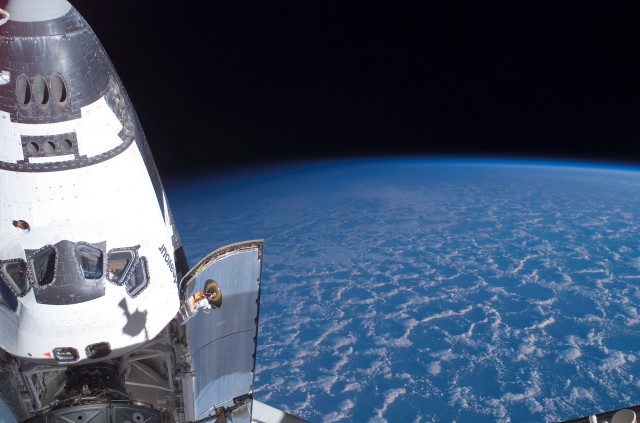
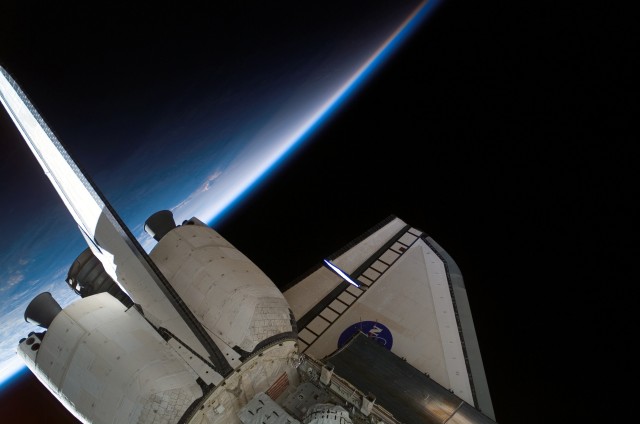





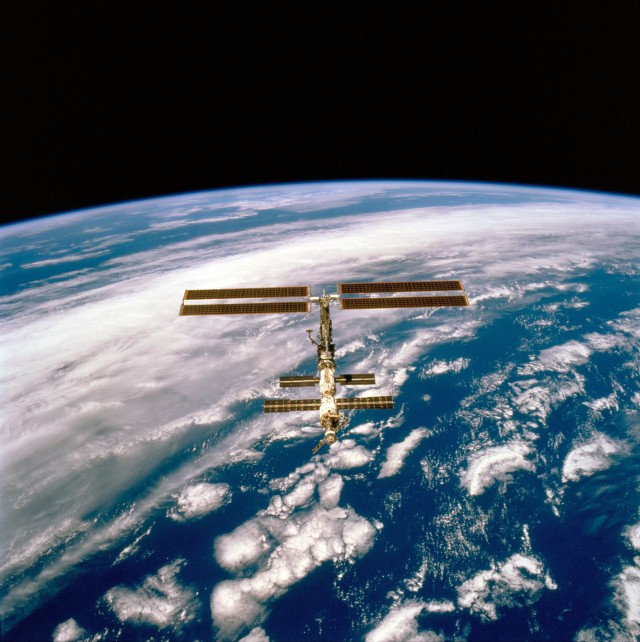


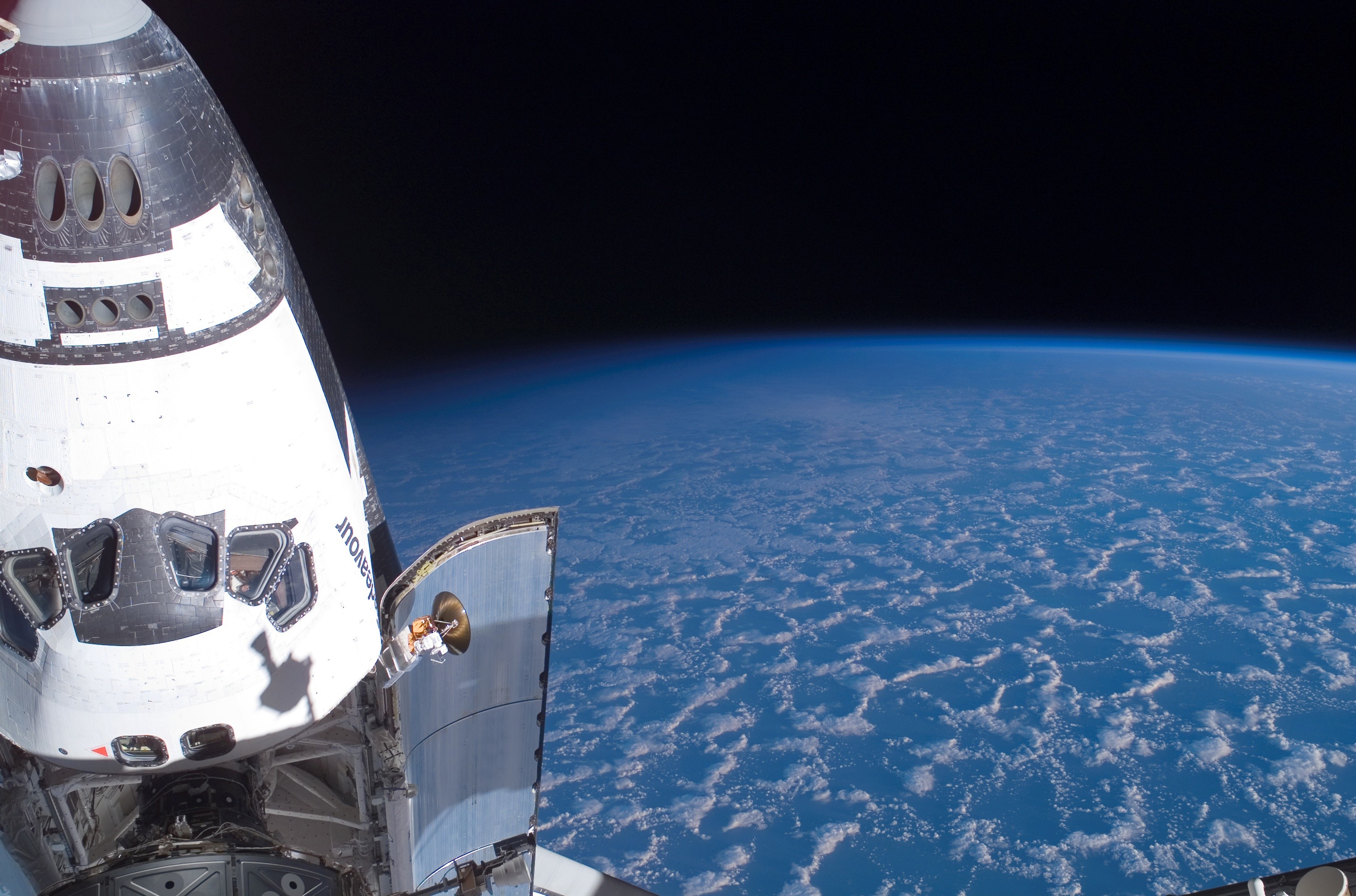
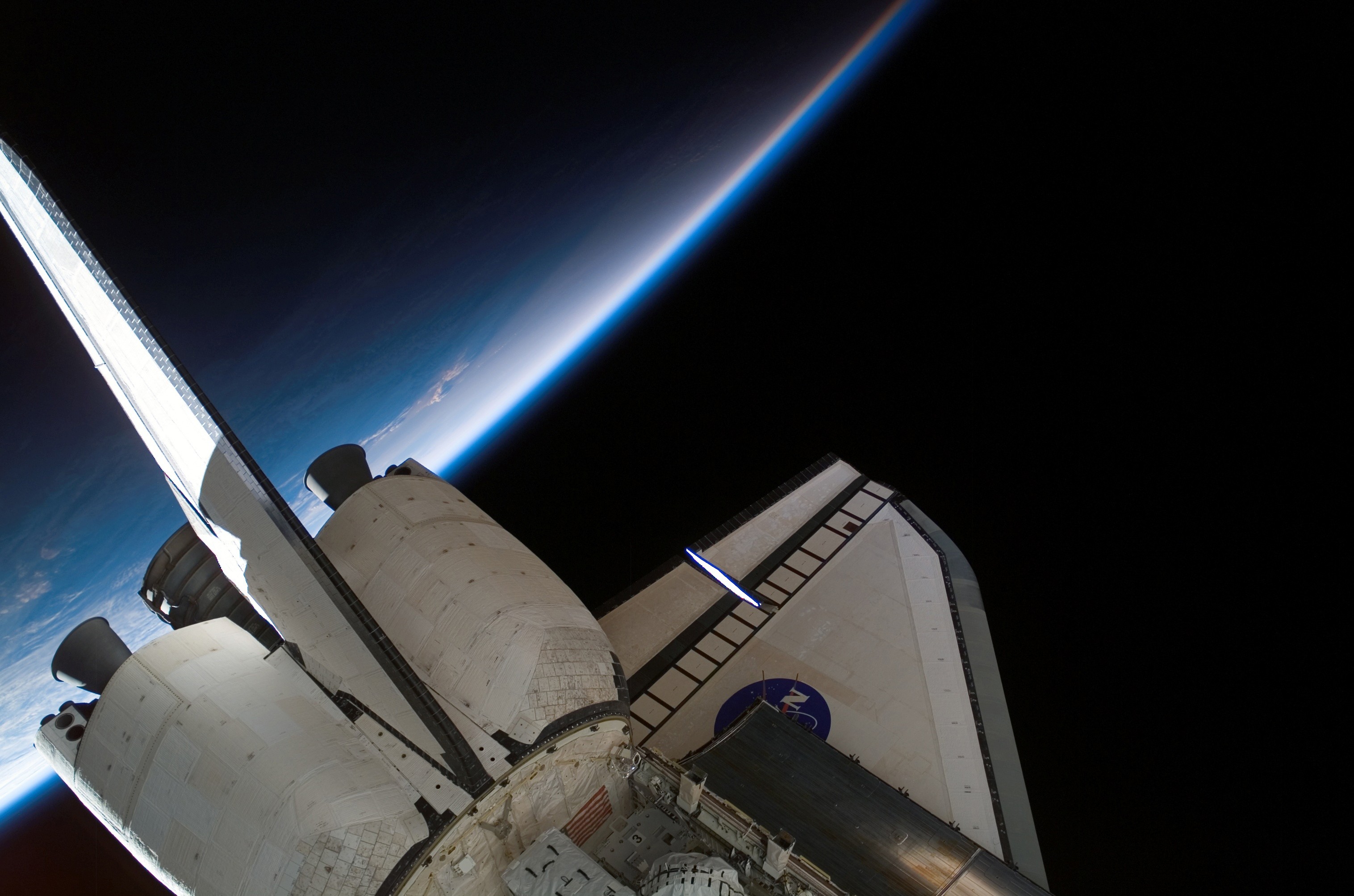
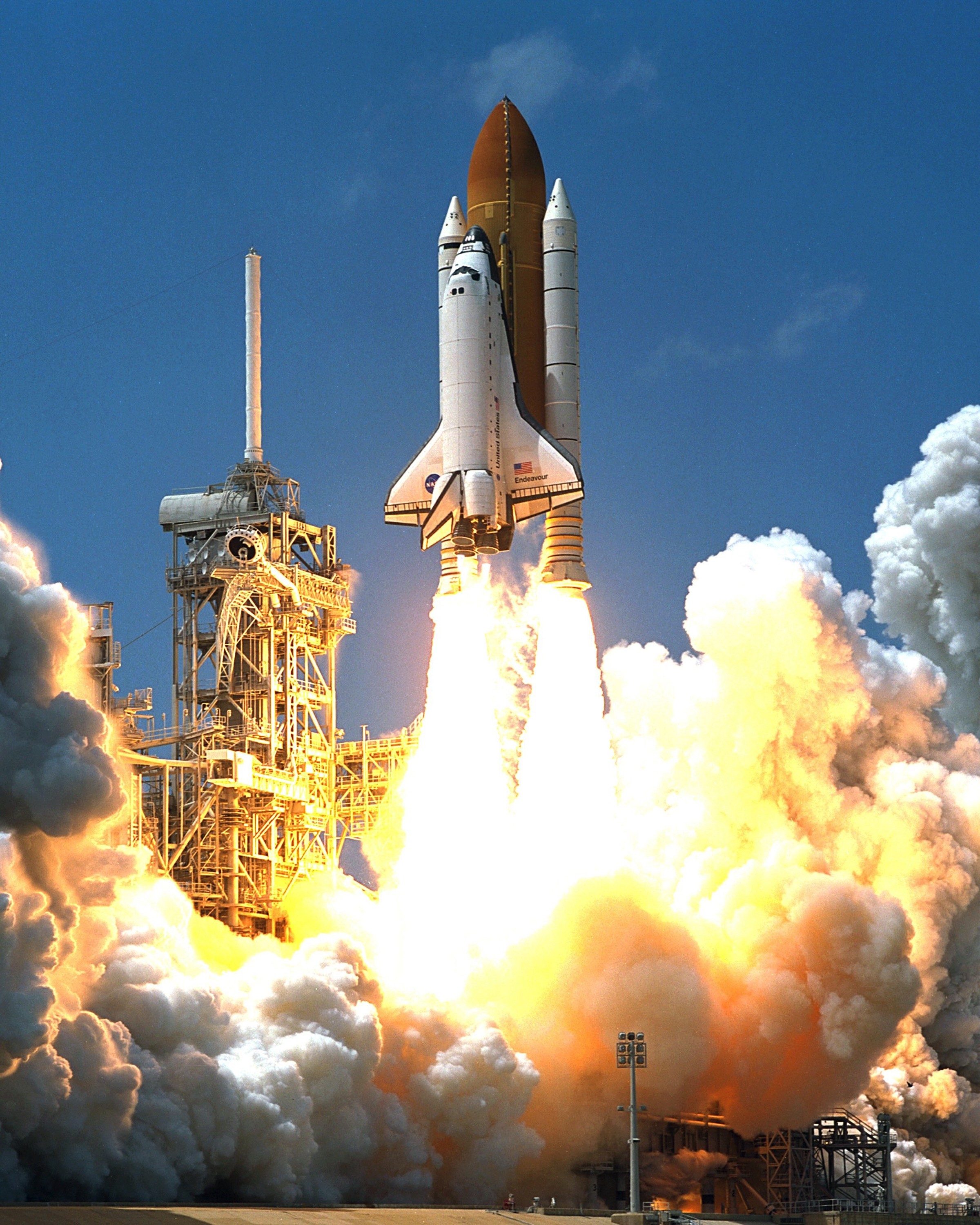


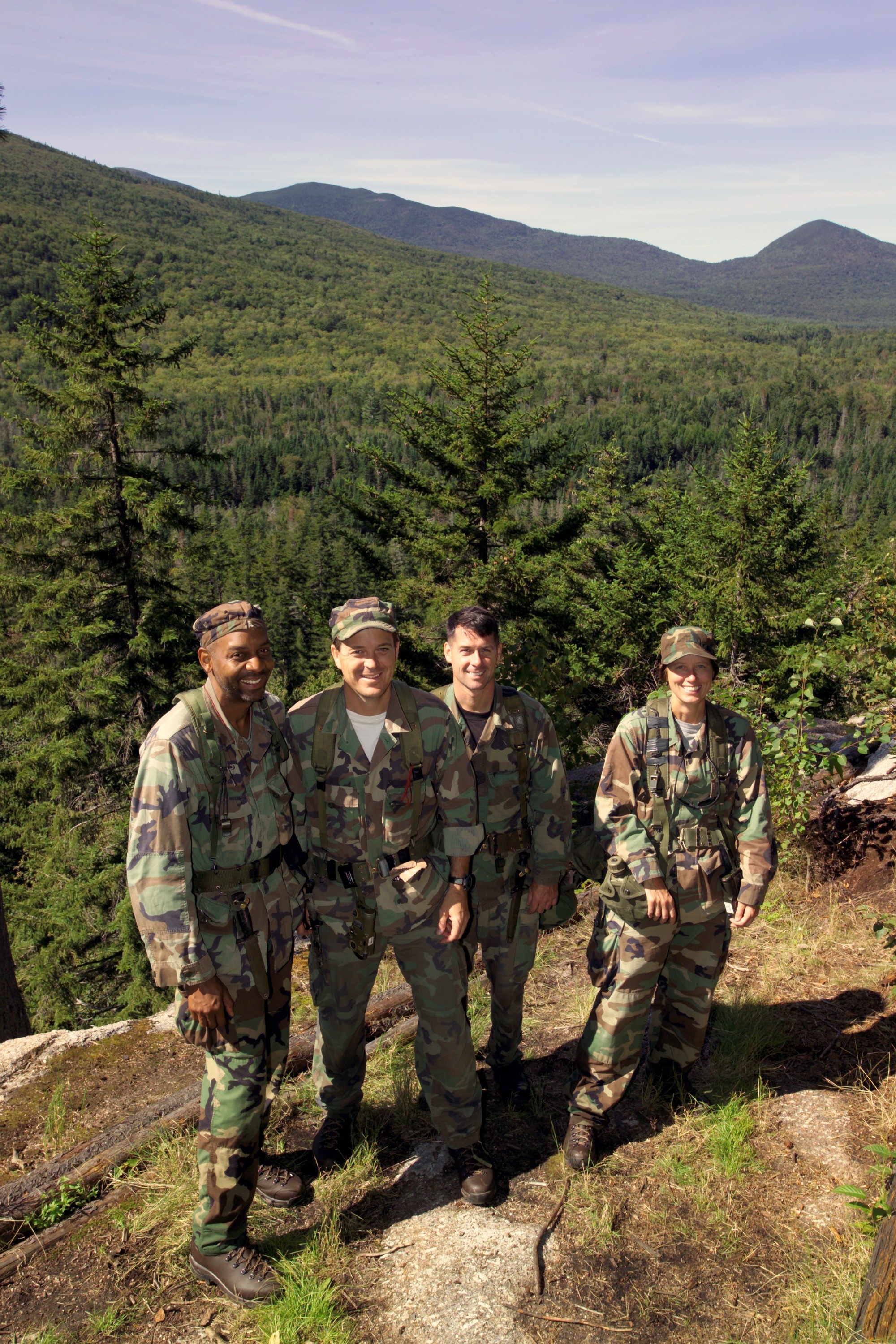


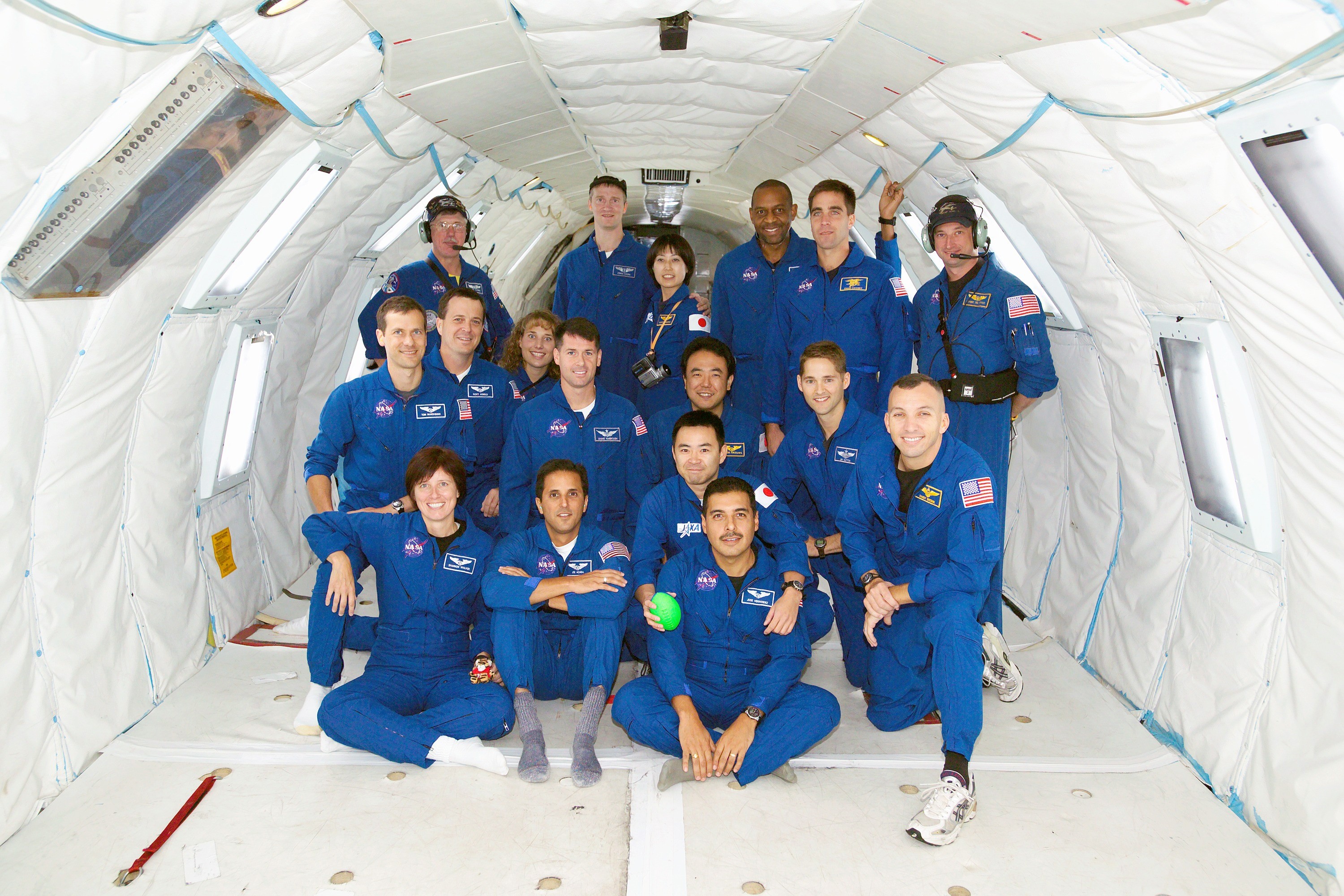
Social Sharing